PPC
The Easy Guide to Facebook Video Ads for Any Business
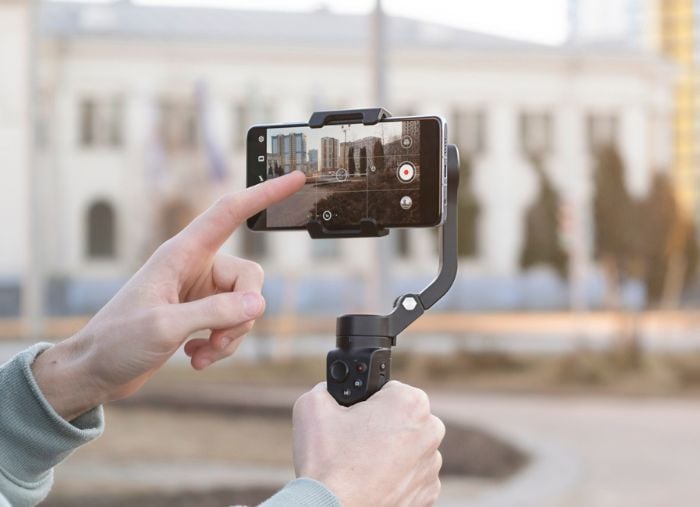
Social media platforms are focusing more and more on video content. Facebook used to be a place for folks to upload their photos into albums to keep them organized and share what they’d been up to, but with the increase in popularity of TikTok and Instagram Reels, users are now so much more accustomed to scrolling through endless videos designed to make them laugh, cry, or stay informed. With this change in user behavior, it’s now more important than ever to be sure you’re creating engaging content that cuts through the noise and stands out.

An example of a Facebook video ad.
Video ads on the Meta Business platform (which reaches Facebook and Instagram) is a great way to do this. Although the ability to churn out video ads regularly was reserved for brands with big budgets in years past, new tools and AI have helped democratize this and now any brand can advertise using high-quality videos without spending much at all.
In this post, I want to talk through some best practices for Facebook video ads and show you some tools you can use to execute those strategies.
Table of contents
Facebook video ads best practices
Follow these Facebook video ad tips to squeeze the most out of your Facebook ad costs.
1. Create videos in all aspect ratios
If you’ve used Meta Ads recently, you probably know there are tons of different placements your ads can show up on the network. The good news is that to cover this vast list of placements, you only need to come up with three distinct aspect ratios for your video ads:


Having videos in each of these aspect ratios ensures you’re eligible to show in all the placements you’d like to.
We’ll talk later about how you can make these aspect ratios if you don’t have a dedicated creative team, but in the ad creation process, you’re able to select different video files to fit into each aspect ratio. Facebook will then automatically serve the creative with the right sizing for each spot to ensure you have the best-looking ads.


Now, while it might not seem like a huge deal to have all three ratios, I think it’s actually one of the easiest things you can do to help make sure your ads look good and stand out. In the image above, you can easily see how different an ad will look in the vertical and horizontal placements if you only have a square image. They’re not bad, necessarily, but they certainly don’t have the high-quality, professional look that most users have become accustomed to in recent years.
🛑 Want to know how your Facebook ads are really performing? Find out with our free Facebook Ads Performance Grader!
2. Be prepared for all sound options
If you’re a Facebook or Instagram user, you’ve likely visited the platforms in all sorts of scenarios. With full sound while sitting on your couch or in your bed. Maybe you have your headphones in while out in public, or maybe you’re even one of those crazy people with their sound up on the subway. But odds are, there have been at least a few instances where you were on those platforms and didn’t have the sound on at all.
For each of these instances, you were bound to see ads and the level of volume you were using likely had an impact on how sticky those ads were for you. Designing your ads to be digestible regardless of a user’s sound level is highly important.
Here are a few questions to ask yourself while crafting Facebook video ads sounds:
- Do you have an engaging/entertaining voiceover?
- Is there music you can choose to fit the mood of the ad?
- Do you have subtitles for the voiceover in case someone’s sound is off?
- Is the voiceover clear and easily understandable even in a loud environment?
3. Get your main message across in the first 3 seconds
No matter what the original purpose was for someone to visit social media, the main point is that they’re not there to view your ads. I feel very confident in saying that for the majority of people visiting Facebook or Instagram, they’re not there to see what product or service you’re selling.
Similar to ads on YouTube, users are pretty easily able to skip and scroll past the ads on Facebook and Instagram. That is, unless you run non-skippable ads, but those are pretty rare. So, you need to make sure you’re making a big impact in the first few seconds of your ads…before the remainder of it is skipped. If you do a good job of creating a compelling hook in that short time, you can certainly draw their attention for longer, maybe up to 15-30 seconds, some even longer. But odds are, your views will be short so you need to be front-heavy.
In this time, it’s important to get your business name and core brand messaging across so that even if a user does scroll past you, you’ve at least made that much of an impact. They’ll have a higher chance at brand recall later if they’ve heard your name in that brief intro. This can include text, voiceover, business logos, and more, so be creative, engaging, and entertaining.
4. Blend into the platform aesthetic
In my experience, the best ads on Facebook or Instagram (I’m typically an Instagram user) are ones that blend into the platform aesthetic. The ads that typically entice me the most are the ones I don’t really know are ads until I look down to see the Sponsored messaging down at the bottom.
The best way to discover this is to become a user of the platform itself. For Instagram, go to the Explore tab and type in some of your key terms, maybe the same ones you use for search or maybe some terms that mirror the interest or behavior targeting you’re using for your campaigns.
See what the grid looks like. What shows up? What brands are there? How are they marketing to people? While you may not want to become just part of the noise, blending in allows you to make a greater impact and feel more natural to the audience.
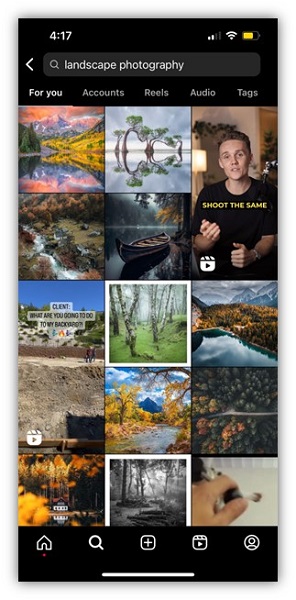



For example, I have a renewed interest in landscape photography and am in the market for a new camera. If I were a camera brand (or someone selling camera-adjacent things), either of the two grids above could help give an idea of what my ads can/should look like to blend into the platform. Then, make sure you follow the other best practices above to get your message across.
💡 Ready to improve your Facebook ads? Get 16 effective strategies for Facebook ads to try now!
5. Retarget users who engage with your videos
I might be biased, but one of the biggest mistakes I think advertisers make is not retargeting people who watch their Facebook videos. Sure, they might find their way to seeing you again through prospecting or they may remember you enough to come back to your site, but why would you target people (who you seemingly thought were valuable) once, then not work to target them again? Especially after they are already aware of you?
On the Facebook ads platform, you can make audiences of users who have engaged with your videos in many different ways. Just head to the Facebook ads audience manager and choose Video as your source for an audience.


From there, you can choose how they have interacted with those videos. Did they watch the whole thing? A certain percentage of it? Think about where your value propositions and messaging hits in those videos and be sure to include that in your audience filters.
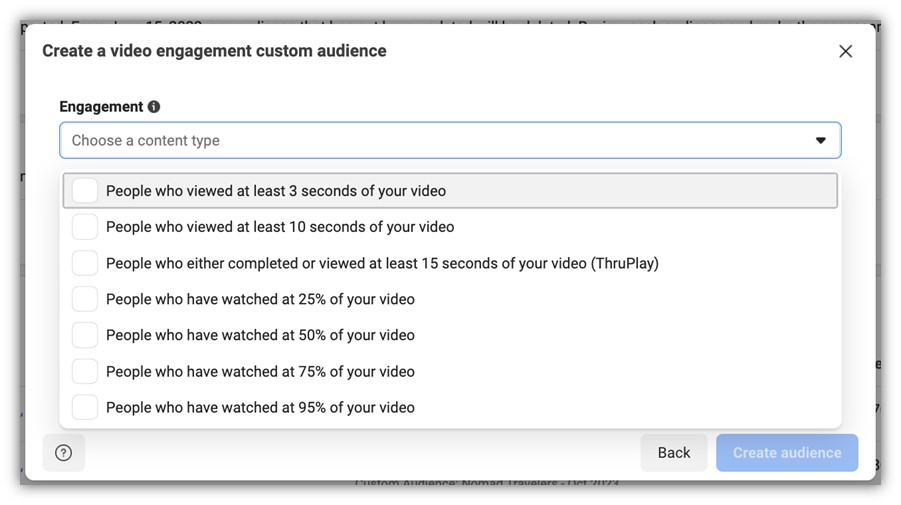

Next, you can choose the videos you want to retarget people from. Yes, you can select only certain videos if you think they’re more impactful, part of a separate campaign, etc.


Lastly, you can choose how long you want to reengage with someone who watched those videos for that amount of time. One error I see is always setting the time frame to the longest possible setting. Now be honest…if you saw a video ad once 180 days ago, do you think you’re still a hot prospect for that brand? Probably not. Make sure you keep that in mind when making these audiences. Higher engagers can likely stick around longer, but lower engagers probably should be let free from your retargeting grasp a bit sooner.
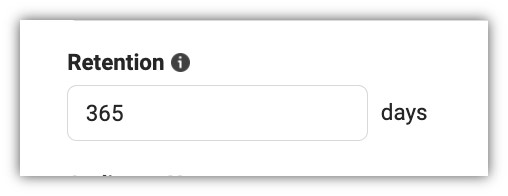

Helpful Facebook video ad tools
Now that we have some best practices out of the way, I want to talk about how to make the Facebook video ad creatives. Not every Facebook video ad has to be done by a hugely expensive creative shop. Some can be done just as well with your own means, and sometimes for free! Here are some of the top Facebook video ad creative resources your business can take advantage of:
Yes, phone cameras are acceptable
A big expensive camera only makes world-changing videos when there’s an amazing photographer or videographer behind the lens. For most people, a camera phone will do just fine. In many cases, they’ll do better than if you tried to use an expensive camera due to all the ways the tech companies are making them easier to use.
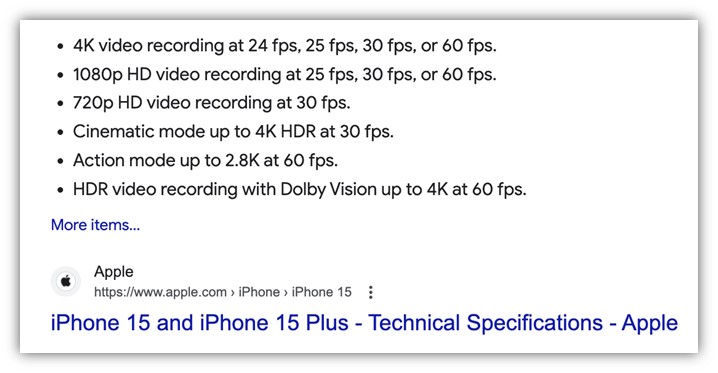

Next time you need to put together a video, take a shot with your phone first. Many times, those videos will turn out great, and will help fit you into the platform aesthetic naturally as much of the content on Facebook and Instagram is also shot on a phone.
Facebook’s cropping tool
Once you have a video, there are options in Facebook ads to adjust your creatives for different sizes.


In the image above, you can see we have a square video that needs cropped to vertical. Granted, this would be a terrible user experience, but if your video does lend itself to this easy cropping, there is an option directly within Facebook to do that for you.
Facebook video builder
If you don’t already have any creatives and you need to build something almost from scratch, Facebook also has a video creation tool you can use to put together videos.
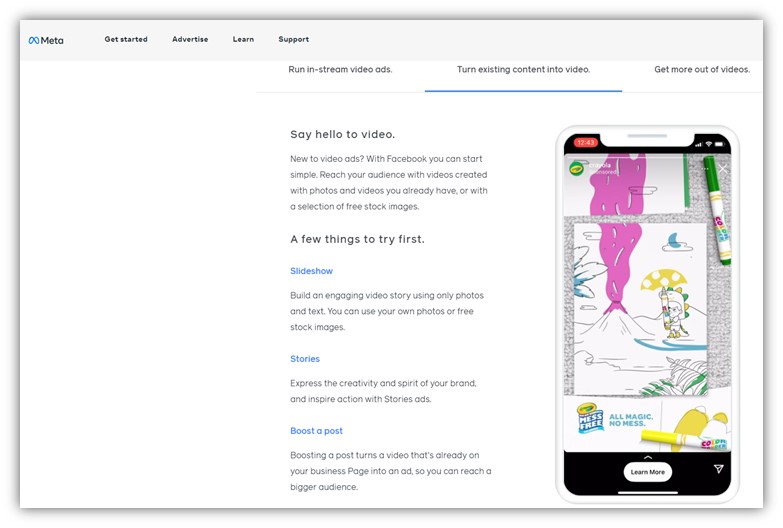

You can use existing images combined with Facebook’s video ad templates to make a video for your account. There are tons of templates that allow you to control for colors, text, timing, and more. Just lead on the user-friendly builder and you’ll end up with a platform-ready Facebook video ad in no time!
Canva
While there are some paid in-platform upgrades, Canva is a great tool to get just about any type of creative made (video or otherwise).
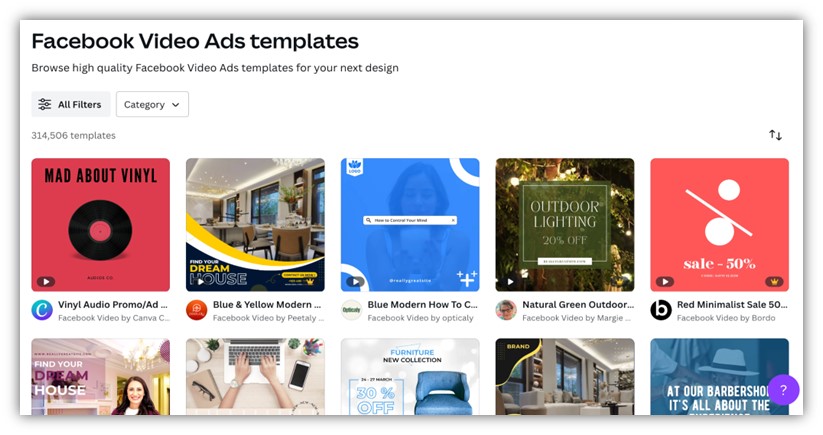

There are countless free templates you can customize to help promote your brand. Canva also includes easy options to convert one theme into a new aspect ratio, helping you to cover all the video sizes as I mentioned above. In short, if you’re a novice to video marketing but need to get something done, you should check Canva out.
Create great Facebook video ads today
Facebook and Instagram video ads are a great way to interact with your customer base and are only getting more necessary as other platforms lean into video. It doesn’t take any particular expertise or deep pockets to get your Facebook video ads up and running. Just a bit of patience and some guidelines and you’re on your way!
When you want to improve your results, follow these Facebook video ad best practices:
- Create videos in all aspect ratios
- Be prepared for all sound options
- Get your main message across in the first 3 seconds
- Blend into the platform aesthetic
- Retarget users who engage with your videos

![How AEO Will Impact Your Business's Google Visibility in 2026 Why Your Small Business’s Google Visibility in 2026 Depends on AEO [Webinar]](https://articles.entireweb.com/wp-content/uploads/2026/01/How-AEO-Will-Impact-Your-Businesss-Google-Visibility-in-2026-400x240.png)
![How AEO Will Impact Your Business's Google Visibility in 2026 Why Your Small Business’s Google Visibility in 2026 Depends on AEO [Webinar]](https://articles.entireweb.com/wp-content/uploads/2026/01/How-AEO-Will-Impact-Your-Businesss-Google-Visibility-in-2026-80x80.png)















